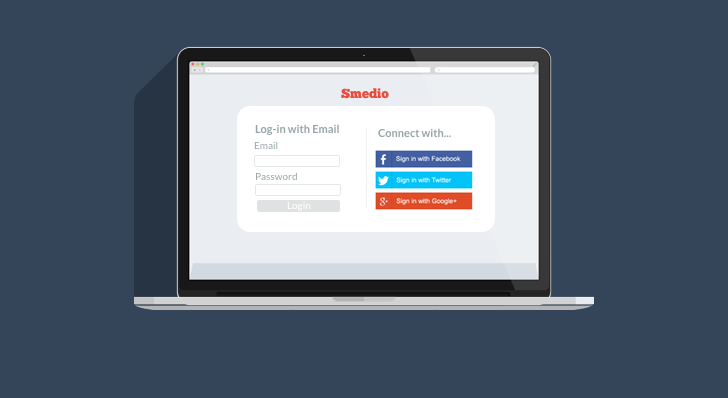
Can you imagine life without social media?
Apart from our personal interactions with friends and family, social media also determines how we connect with businesses and brands. People who are active on social media use their social presence to discover new brands, products, and services. We trust product and service recommendations from people we know; this has made social media channels the key drivers for online word of mouth marketing. Facebook, the social media giant, has emerged as the most trusted online platform for product/service endorsements.
The figures given below show the impact of social media on an individual’s purchase decisions:
- 78% of consumers say the posts of companies they follow on social media impact their purchases.
- 81% of consumers say posts made by friends on social media influence their purchase decisions.
- 71% of consumers are more likely to buy products/services based on social media referrals.
These figures show why social media is important for businesses, but the amount of revenue you earn by leveraging social media depends upon levels of engagement with your target audience and your ability to build lasting relationships with your users. For that to happen you need to understand your users, what they are all about, their behavior, their likes and their intentions. The questions are – Where can you get consumer information that you can easily trust? What is the kind of consumer information you can get? Is it readily available?
Social media is the answer to all these questions. You can pull reliable customer data from users’ social profiles; the bridge between this data and your business is social login.
The case for social login
Many people see social login purely as a means of offering website visitors a frictionless option to the traditionally long winded process of user registration. With social login, you simply use existing social credentials to sign in to a website, bypassing the need to create a new username and password, verify an email address, or fill out a registration form.
This in itself is a fantastic benefit, but there are more. Social login provides website owners with a wealth of user profile and social data giving them comprehensive knowledge of their customers buying preferences and behavior.
So, will a user just give you all this information? Probably not.
Social login subscribes to “permission based” social data access. So when a user signs up for your website with their social account they’re asked if they’re willing to share the information available on their user profile so you can capture relevant social data. The idea is to start building trust and credibility with the information you have access to and to personalize that user’s experience.
Getting permission is not as difficult as it seems – consumers actually prefer doing business with companies that make the effort to use personal information to make their experience more relevant!
The path to implementation
One key rule for implementing social login on a website is that you must offer users multiple authentication options. Cover all popular social networks such as Facebook, Twitter, Google+, or other relevant social networks to your target audience. This will make users more willing to use a social network to login. Social login provider LoginRadius has come up with global login and sharing trends for you to understand which social network (ID provider) will be the most beneficial for your website and how you can improve returns.
What you can do with this data
The value this data brings to the table is only as good as how you use it. Creating personalized experiences for customers on your website is just one of the ways of using this social data. Product offers and special discounts based on the needs and preferences of your customers are a great way of ensuring they will share this information with friends and followers on their social networks.
User data is the key to success for any business regardless of its size, scale and scope. With this data, you can analyze your customer base to make informed marketing and sales decisions or build strategies for your business.
Conclusion
Better customer relationships are an outcome of deeper customer engagement. You must “engage” your customers from all sides. Use social data to improve both online and offline experiences for them. The idea is to find new opportunities to use all the data you have. Try and sell more products and/or services with better customer intelligence. As a bonus, the right use of social data can also improve brand reputation and influence.
Stay in touch with your customers and build relationships. This will make them even more comfortable about sharing social data with you. Use this data to leverage your full brand potential from the sales perspective and achieve a paradigm shift in customer engagement.







1 comment
Comments are closed.